Deceptive and Dangerous: A Gallery of An Antarctic Volcano
Mystery Caldera
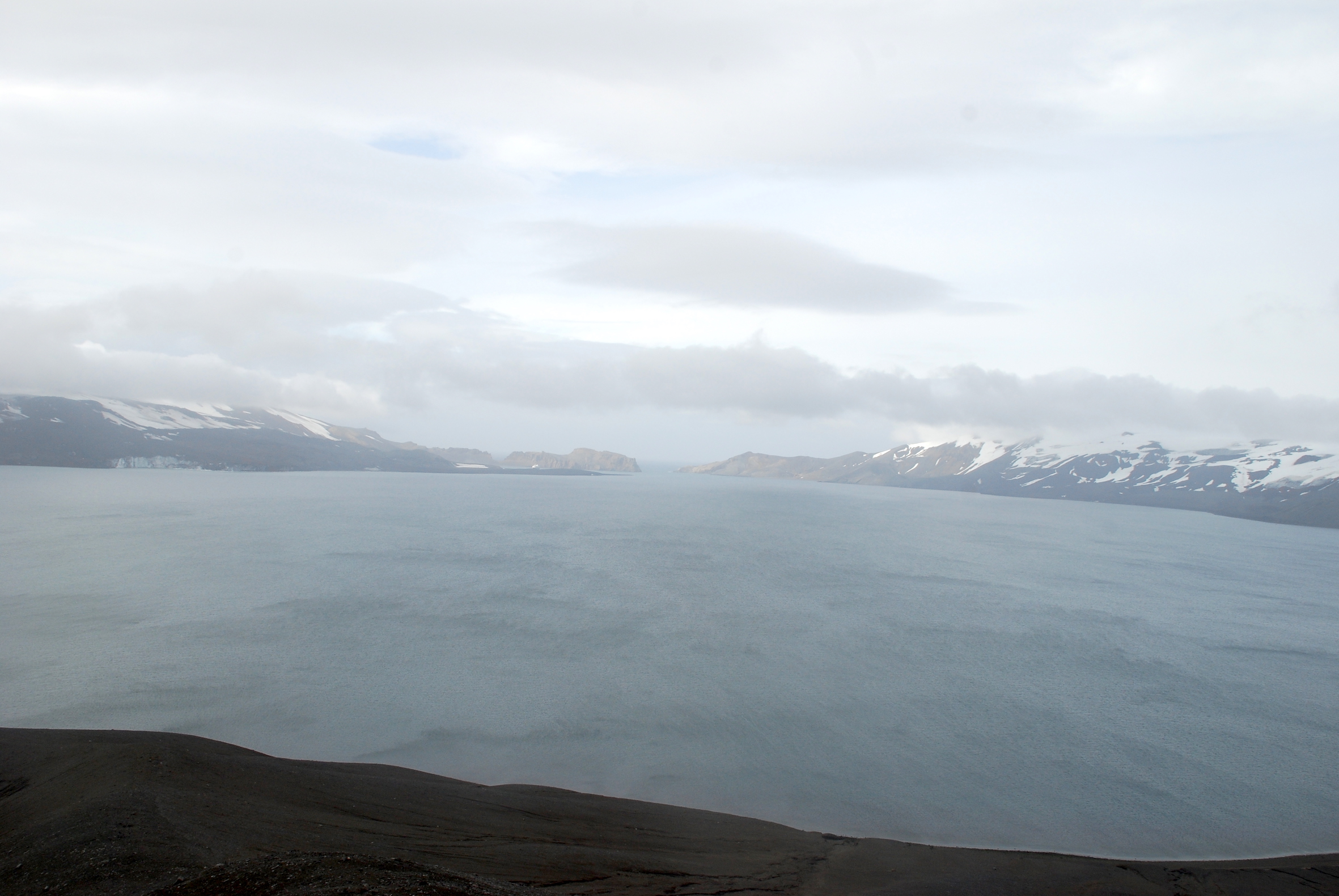
The watery caldera of Deception Island, Antarctia, formed when the island (an active volcano) erupted. Now, for the first time, scientists have a good estimate of when this caldera-forming eruption occurred.
Antarctic Beauty
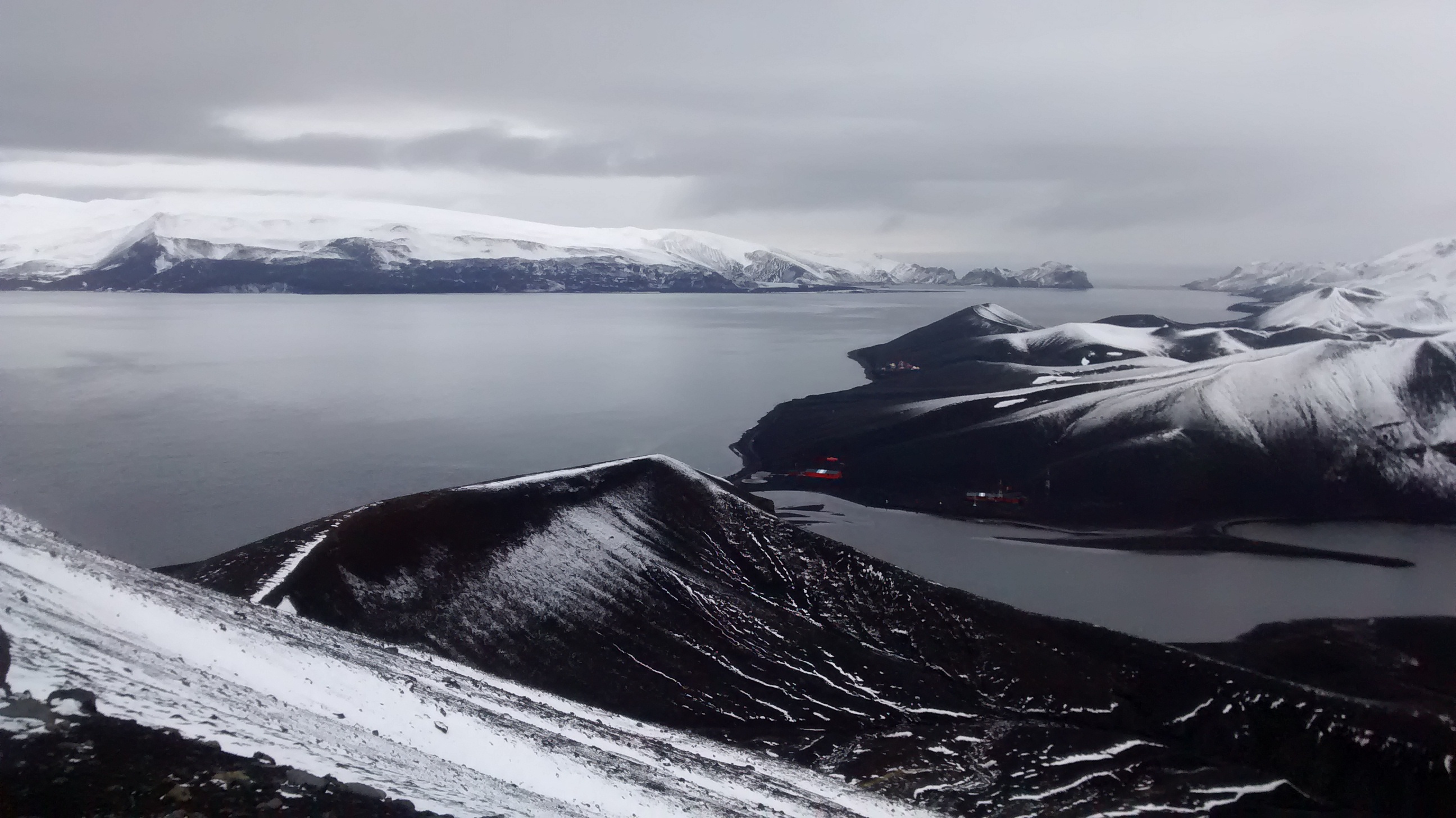
A view into the caldera of Deception Island on a gloomy Antarctic day. New research published in the journal Scientific Reports finds that the island blew its top around 4,050 years ago. The ejection of magma, rock and ash left behind the horseshoe-shaped island, which has been used as a base for whaling and scientific expeditions. [Read more about the discovery on Deception Island]
Deception Caldera
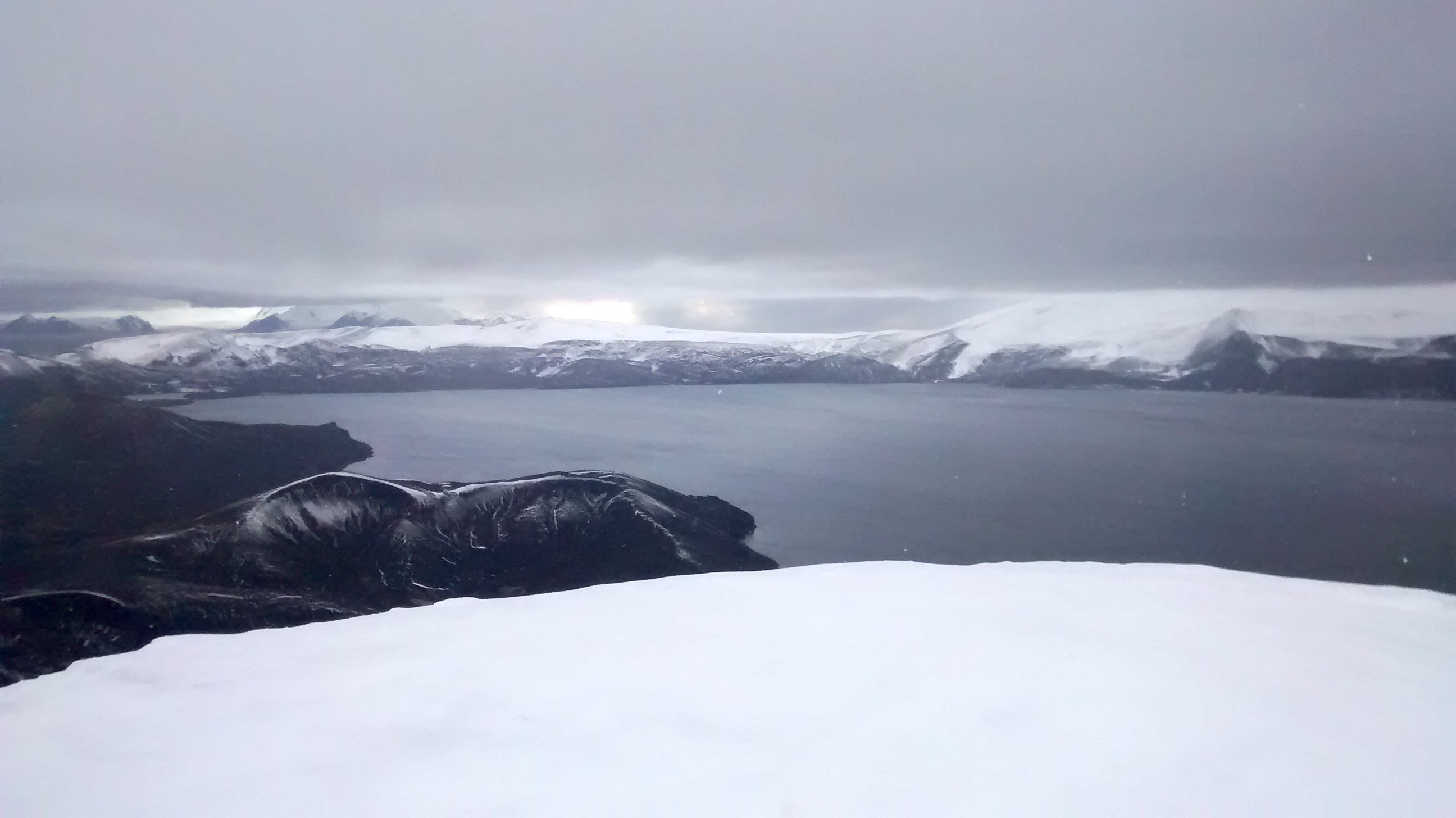
Researchers estimate that the eruption that created this caldera was a 6 on the Volcanic Explosivity Scale, on par with the 1991 eruption of Mount Pinatubo in the Philippines. The eruption moved as much as 14 cubic miles (60 cubic km) of rock and magma. Researchers led by Dermot Antoniades of Université Laval in Quebec discovered deposits from the event at least 80 miles (130 km) away.
Deception Island

Snow coats Deception Island. The volcano is still active. It last experience some small eruptions in the late 1960s and in August 1970. More recently, the island has shuddered with the occasional earthquake, most recently in 2015, according to the Smithsonian's Global Volcanism Program.
Deception Island Expedition
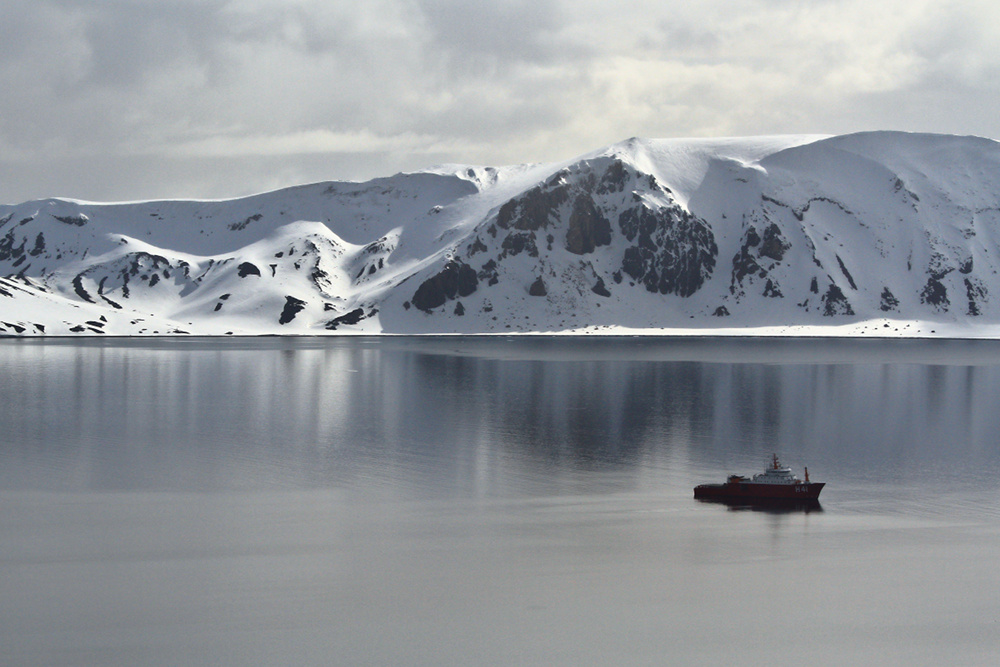
A research vessel floats within the caldera of Deception Island in 2012. Researchers led by Dermot Antonaides were studying ancient climate using sediments from lakebeds from nearby Livingstone Island when they discovered layers of volcanic ash and jumbled sediments that indicated an ancient eruption and earthquakes. Chatting with vulcanologists aboard their research vessel, the climate researchers realized they may have discovered something interesting about Deception Island's eruptive history.
A lonely outpost
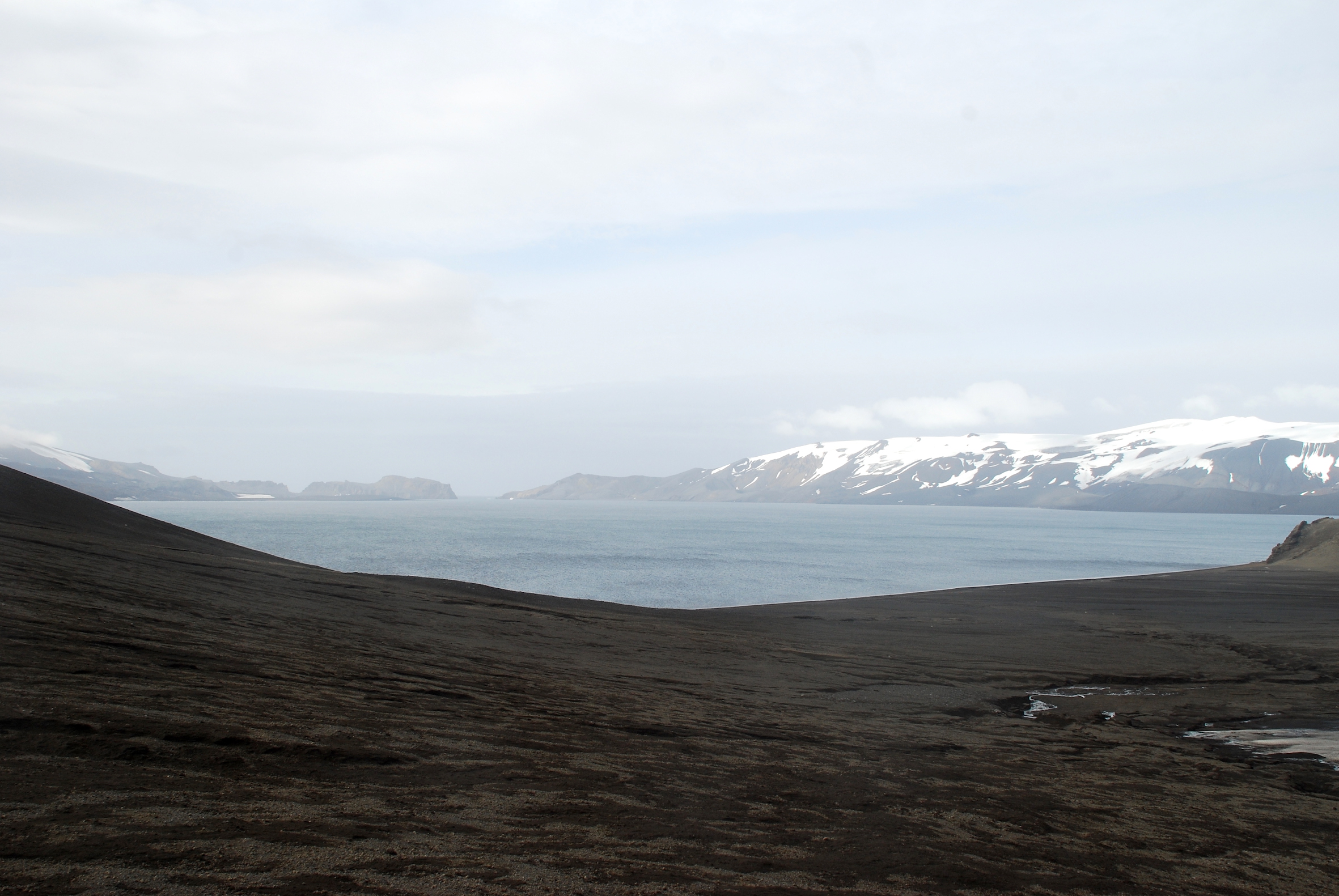
Deception Island is the site of an old whaling station and once hosted two scientific stations. The scientific stations were destroyed in the volcanic eruptions of the 1960s, and now scientists travel to the island only in the Antarctic summer. The island is also home to penguin colonies, which have managed to weather thousands of years of volcanic activity at the site, according to 2017 research.
Studying Ancient Antarctica
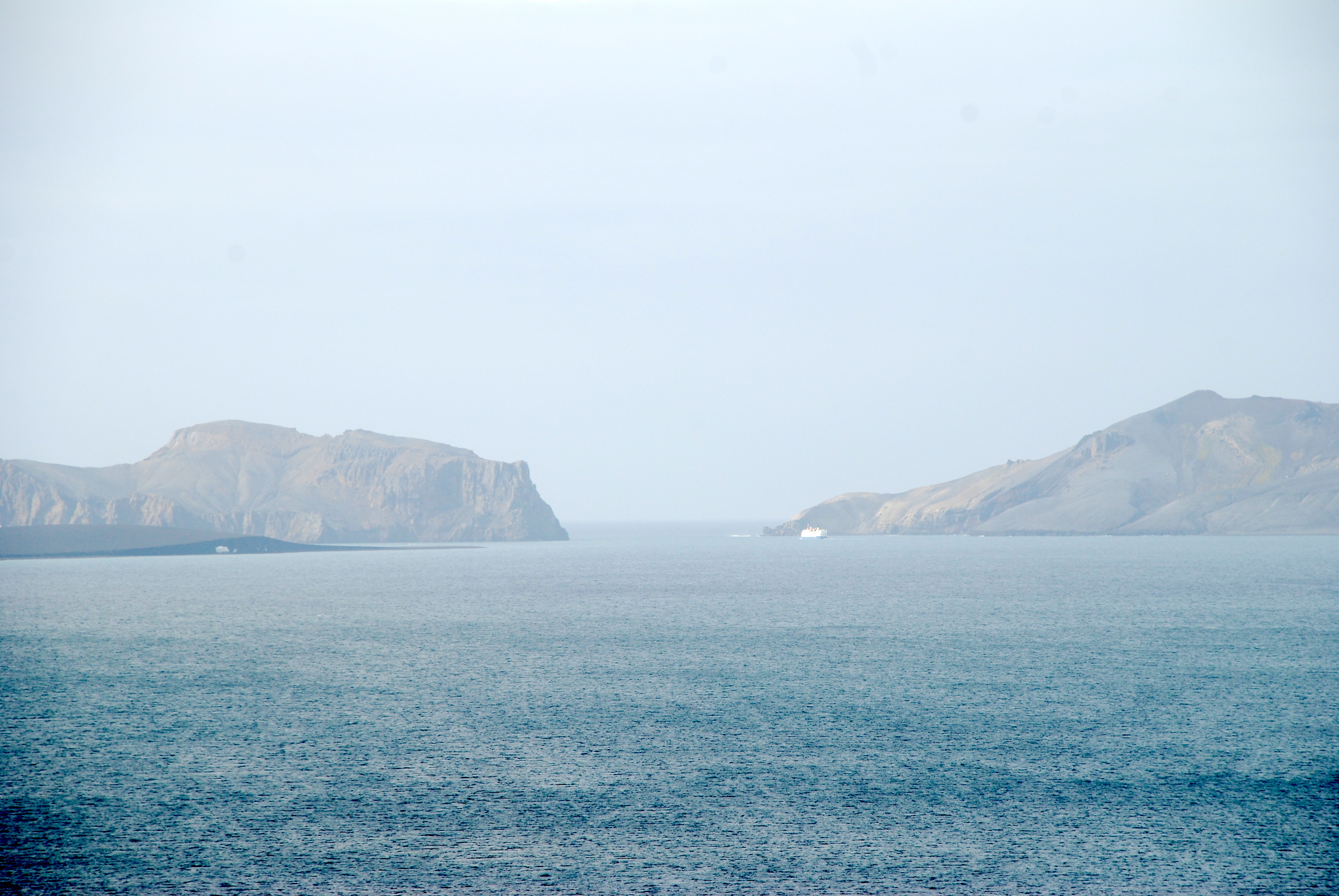
Researchers led by Antoniades used geological and geochemical methods to link layers of ash and muddled sediment to a single, giant eruption of Deception Island just over 4,000 years ago. The sediments were found in the bottom of lakes on nearby Livingston Island, one of the few ice-free spots in the Antarctic.
Sign up for the Live Science daily newsletter now
Get the world’s most fascinating discoveries delivered straight to your inbox.
Misty Day
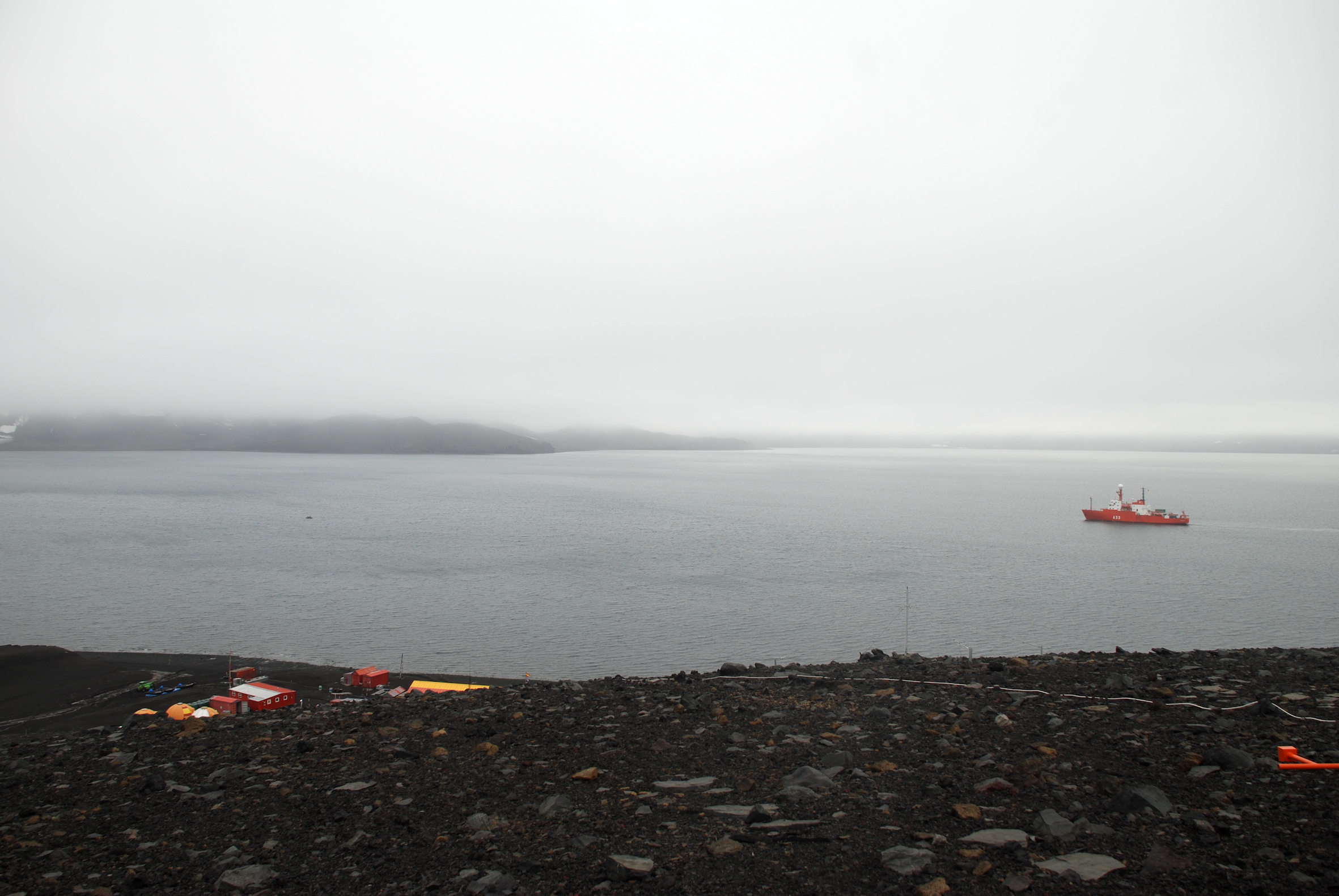
Pinpointing the timing of the caldera-forming eruption is useful to volcanologists trying to understand the island's history, Antoniades told Live Science. Climatologists can use the information, too, he said. Now that researchers know where to look for signs of the eruption in the geologic record, they can try to determine how the eruption impacted the local climate and how far the effects reached.
Still Waters
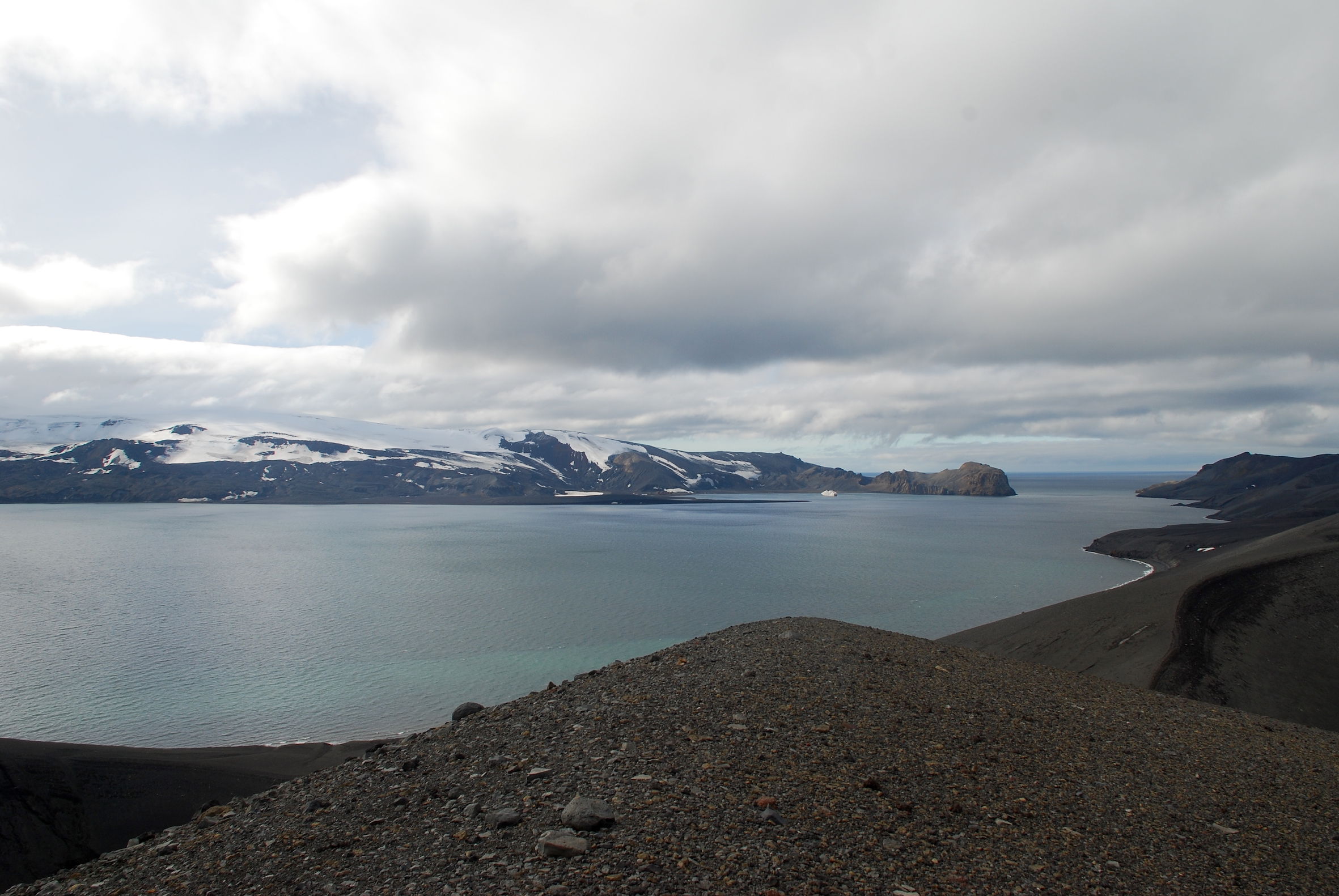
Using lake sediments to date the volcanic eruption is advantageous, Antoniades said, because the lake bottoms are generally undisturbed. Previous attempts to date the eruption had used the carbon in ocean sediments, a method that is easily muddled by the transport of organic material around the oceans.
Trekking Livingston Island
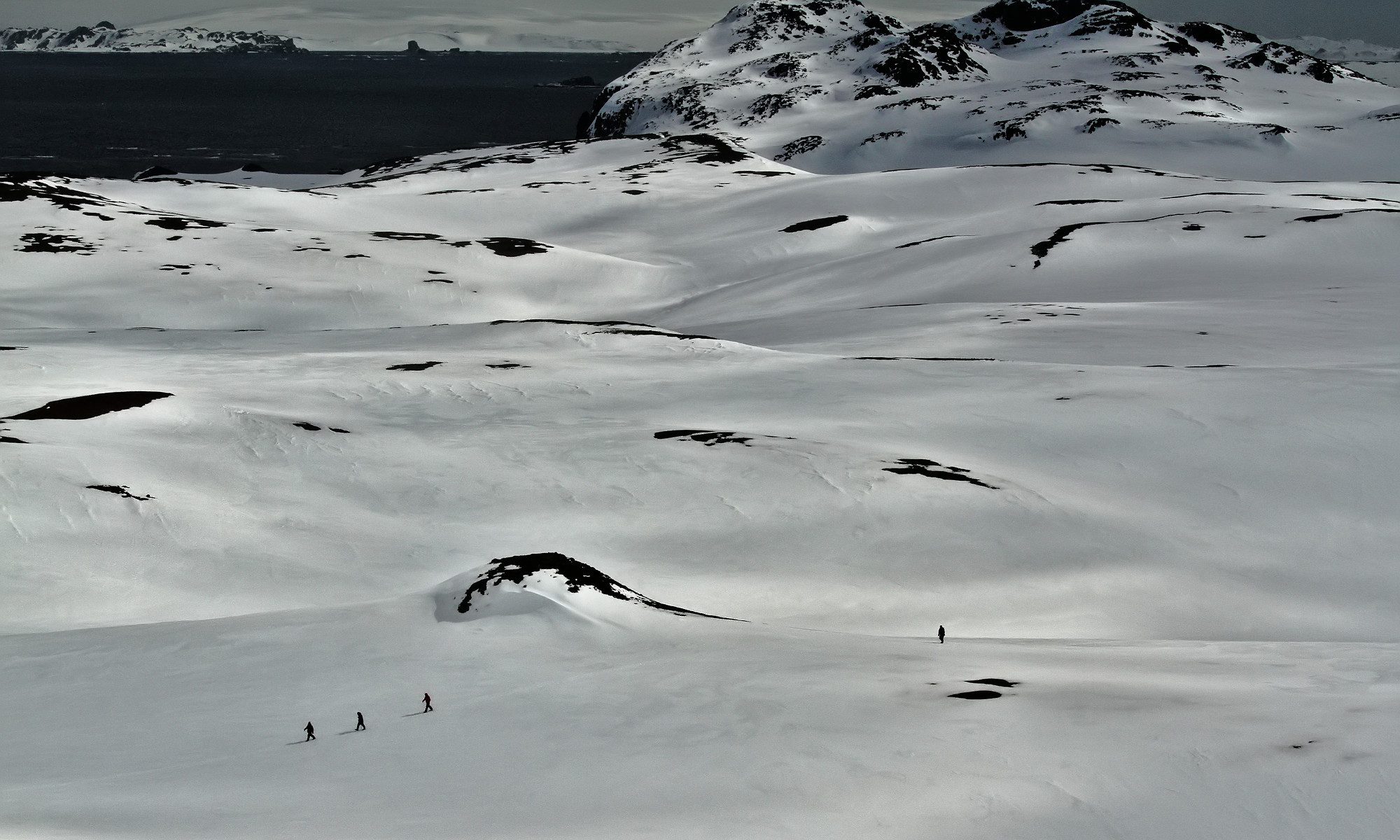
Scientists trek over snow on Livingston Island near Deception Island. Lakes on the Byers Peninsula on Livingston Island revealed hints of fallout from Deception Island's last major eruption, 4,000 years ago.

Stephanie Pappas is a contributing writer for Live Science, covering topics ranging from geoscience to archaeology to the human brain and behavior. She was previously a senior writer for Live Science but is now a freelancer based in Denver, Colorado, and regularly contributes to Scientific American and The Monitor, the monthly magazine of the American Psychological Association. Stephanie received a bachelor's degree in psychology from the University of South Carolina and a graduate certificate in science communication from the University of California, Santa Cruz.









